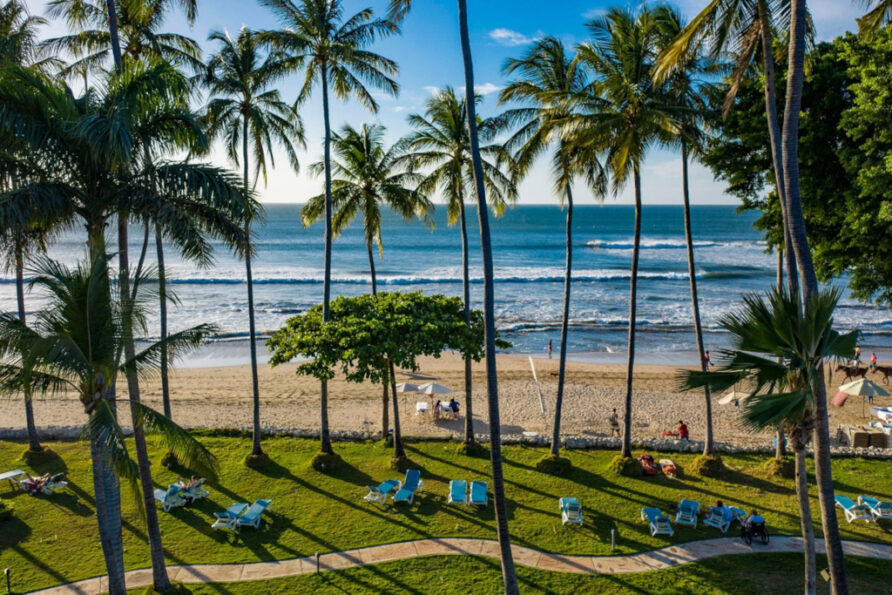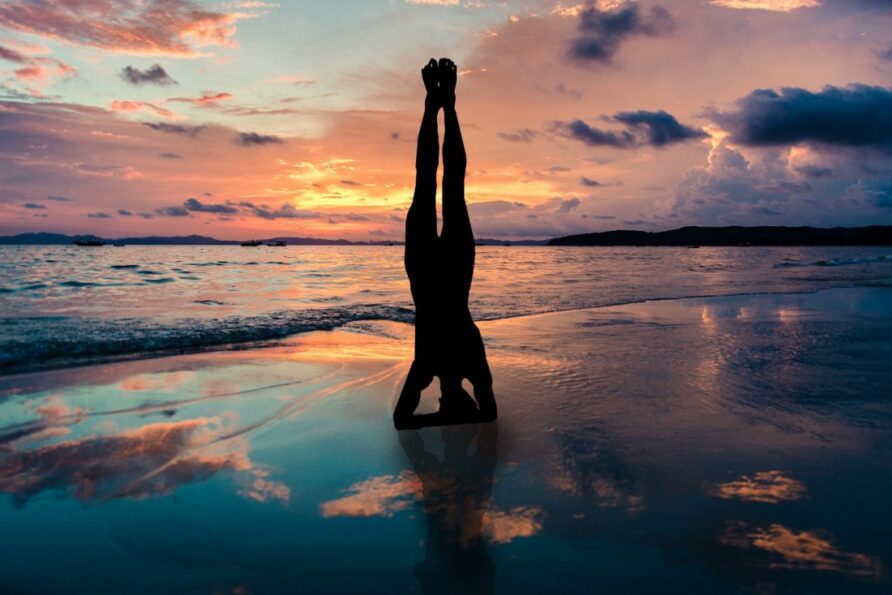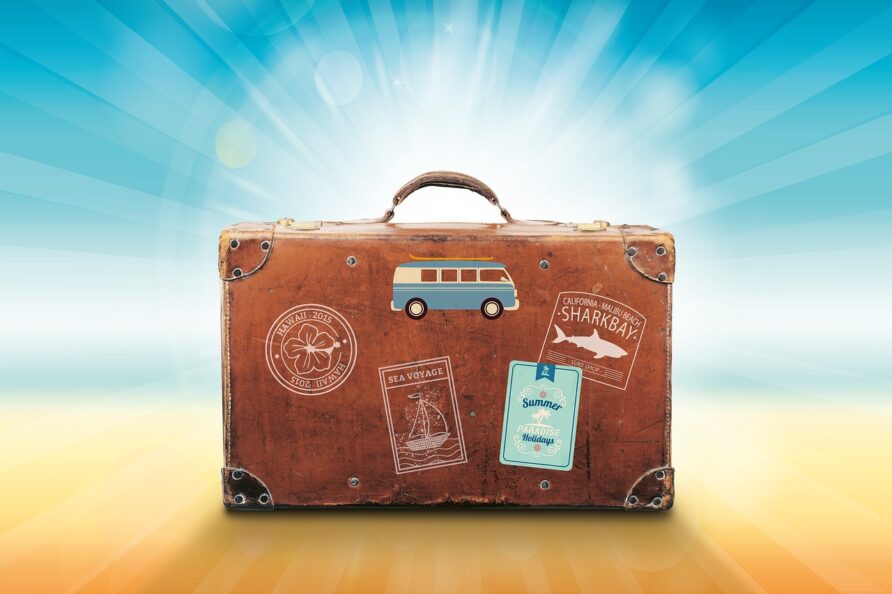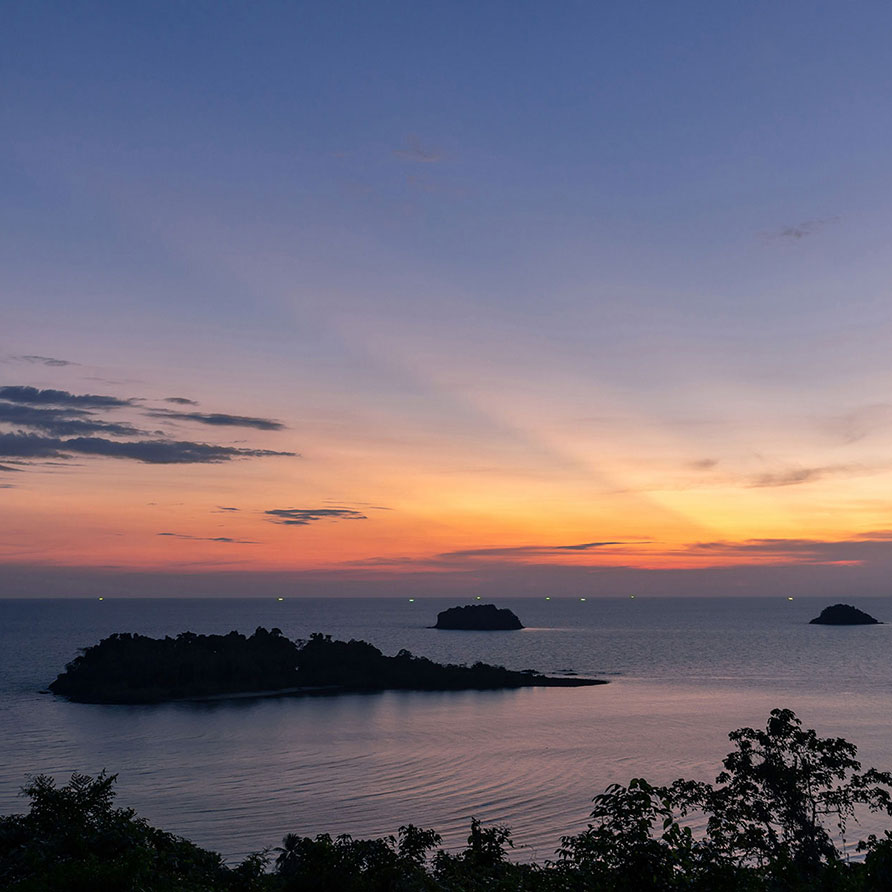
Tamarindo beach rentals make a wonderful base for exploring many of the best beaches in Costa Rica. With each beach offering its unique charm, from bustling beach towns to pristine coves, Tamarindo and its surrounding coastline cater to every beach lover’s dream. Whether it’s surfing, turtle watching, or just soaking in the sunsets, there’s a spot for everyone.
Playa Tamarindo
Tamarindo is know as a hub for surfing, swimming, and vibrant scene. You can rent lounge chairs with umbrellas to spend the day soaking up the atmosphere. The town center is bustling with restaurants, bars, and shops, making it a hub for both locals and tourists. It’s known for its long and wide beach, ideal for surfers of all levels, and its spectacular sunsets are a must-see.
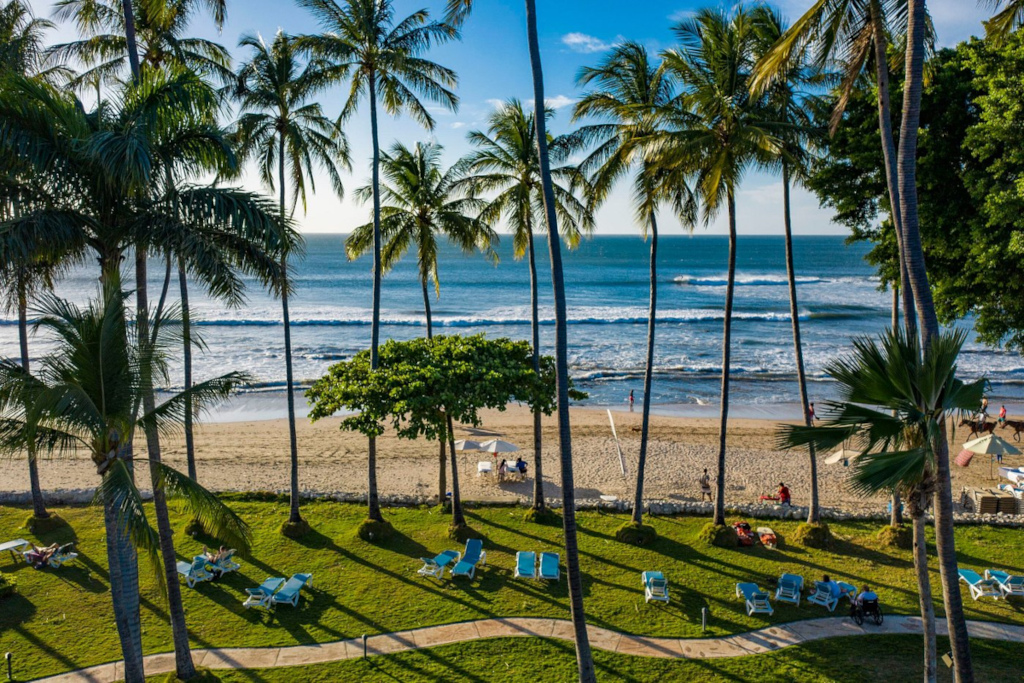
Playa Langosta
The north side of Playa Langosta is only accessible by driving through Tamarindo. As a result, Playa Langosta vacation rentals offer easy access to the Tamarindo town center, but are situated in a quiet, upscale neighborhood. Playa Langosta offers light colored sands and rocky outcroppings, making it a quieter alternative for a day at the beach. It’s also a destination for more experienced surfers. The sunsets here are particularly striking, adding to its charm. The sandy south end of Playa Langosta is separated from the northern beach by an estuary. This section can only be accessed by driving through the residential community of Hacienda Pinilla. As a result, Hacienda Pinilla vacation rentals are a good option if you want to relax at Playa Langosta.
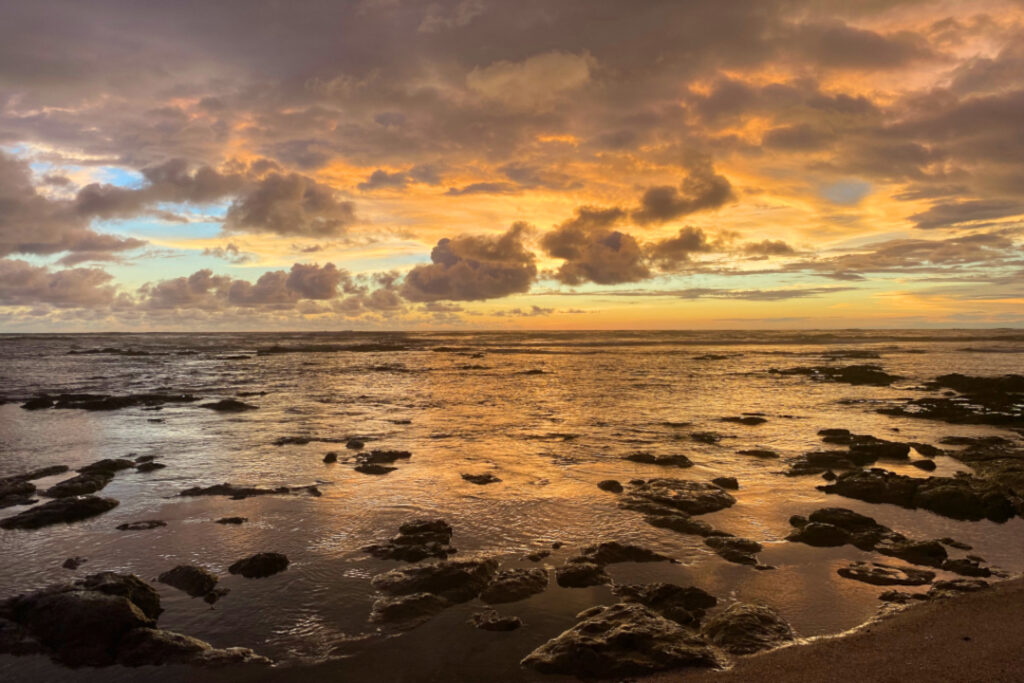
Playa Grande
Tamarindo Bay is split by an estuary. The south half is Tamarindo Beach and the north half is Playa Grande. Playa Grande is part of Marino Las Baulas National Park and serves as a crucial nesting site for leatherback turtles. It’s a prime spot for sunbathing and surfing, with consistent waves attracting surfers. The beach’s connection to the turtles adds a unique natural aspect, especially between October and May, when the turtles come ashore to lay their eggs.
Playa Conchal
Playa Conchal is renowned as one of the most spectacular beaches on the Guanacaste coast. This pristine white sand beach has turquoise waters and calm swimming conditions. The access can be challenging if you’re not staying at a Reserva Conchal vacation rental as there is no road running along the beach. Properties in Reserva Conchal, a five star residential community, provide direct access to the beach. There are two options for enjoying Playa Conchal as a day visitor: (1) park in the plaza at Brasilito and walk south over the sand for 10 – 15 minutes past a small hill and shell beach to the soft white sandy section, or (2) drive to the south end (use your GPS!) over dusty back roads where you’ll find a rustic beach bar.
Flamingo Beach
Around 45 minutes north of Tamarindo, Playa Flamingo is a fabulous wide sandy beach that is typically less crowded than Tamarindo. Its stunning white sands and clear waters make it a picturesque destination. The center section of beach road is bordered on one side by mangroves and the other side by the sand, so Flamingo has kept is charming rustic feel. The beach is ideal for a peaceful day out, with options for dining right on the sand at restaurants like Coco Loco.
Playa Potrero
The new Flamingo Marina is actually situated in the Potrero Bay, which is just north of Flamingo Beach. This beach is very picturesque with darker sand, beachfront homes, and charming restaurants – some of them overlooking the boats bobbing in the harbor.
Playa Penca
Just north of Flamingo and Potrero are several small coves. One of our favorites is Playa Penca which boasts soft light colored sand and clear blue waters, making it a local favorite for a peaceful beach day. This beautiful beach maintains a serene atmosphere, with waves that are calmer on the northern end, ideal for swimming. The beach does not offer public amenities, so visitors are encouraged to bring everything they might need for the day. Playa Penca is a testament to the beautiful, unspoiled beaches Costa Rica has to offer, providing a perfect blend of tranquility and natural beauty.
Playa Avellanas
Celebrated for its pristine condition and surf appeal, Playa Avellanas is a gem among Tamarindo area beaches. Its tall waves and soft sands make it a favorite for both surfers and sun-worshippers. The famous Lola’s restaurant on the beach is a highlight, offering a great spot to relax and enjoy the view. The north section of Playa Avellanas is actually situated inside Hacienda Pinilla, so if decide to stay in Hacienda Pinilla, you’ll enjoy access to this fabulous beach.

